 February 24, 2025
February 24, 2025
The fastest path to podcast ranking success isn’t starting from scratch – it’s strategically learning from shows already achieving the visibility you want. By implementing a structured competitive analysis approach, you’ll uncover the specific tactics driving category performance and adapt them to your unique content.
Let’s transform your podcast’s ranking trajectory with these proven analysis methods.
The Competitive Intelligence Advantage
Our work with hundreds of podcasters reveals a striking pattern: shows that conduct systematic competitor analysis achieve category ranking improvements 2.8x faster than those focused solely on content creation.
Your 5-Step Competitive Analysis Framework
Step 1: Identify Your True Competitors
Look beyond obvious topic similarities to find your actual visibility competitors:
- Category Overlap Analysis – Identify shows ranking in your primary and secondary categories
- Audience Demographics – Find shows targeting similar listener profiles
- Content Structure Alignment – Focus on podcasts with comparable format and episode length
- Growth Trajectory – Prioritize rapidly rising shows over established giants
Action Step: Create your “Competitor Matrix” with 5-7 shows that represent both your current competitors and aspirational visibility targets. Include their ranking positions, publishing frequency, and episode formats.
Step 2: Decode Their Content Strategy
Uncover the structural elements driving listener engagement:
- Episode Title Patterns – Identify formats that consistently perform well
- Content Sequencing – Map their episode flow and segment transitions
- Hook Mechanisms – Document how they capture attention in the first 60 seconds
- Call-to-Action Approaches – Note their engagement request strategies and placement
Action Step: Listen to the three highest-rated episodes from each competitor. Create a “Content Elements Spreadsheet” documenting these specific structures for adaptation to your unique style.
Step 3: Reverse-Engineer Their Visibility Approach
Trace the digital breadcrumbs of their promotion strategy:
- Platform Footprint Analysis – Document where they maintain active presence
- Cross-Promotion Partnerships – Identify who they collaborate with regularly
- Content Transformation Patterns – Note how they repurpose episodes across platforms
- Engagement Velocity – Track their comment-to-listener ratio on key platforms
Action Step: Conduct a “Digital Presence Audit” documenting exactly how each competitor transforms and distributes their content across platforms. Identify gaps in their approach that represent opportunities for your show.
Step 4: Extract Their Audience Development Tactics
Uncover how they build and maintain listener relationships:
- Community Building Approaches – Document how they create listener belonging
- Feedback Integration Methods – Note how they incorporate audience input
- Loyalty Development – Identify their strategies for converting casual to committed listeners
- Social Proof Leveraging – Analyze how they showcase listener testimonials and reviews
Action Step: Join their communities as a genuine participant. Create an “Audience Experience Map” documenting the listener journey from discovery through ongoing engagement.
Step 5: Develop Your Strategic Advantage Plan
Transform competitor insights into your unique visibility strategy:
- Pattern Recognition – Identify common elements across successful competitors
- Gap Analysis – Pinpoint weaknesses in their approach you can capitalize on
- Adaptation Framework – Modify successful tactics to align with your authentic voice
- Implementation Roadmap – Prioritize high-impact strategies for immediate action
Action Step: Create your “Competitive Advantage Roadmap” with specific implementation timelines for each strategy. Focus on adapting successful patterns rather than direct imitation.
Implementation: Your Competitive Fast-Track Plan
Week 1: Data Collection
- Complete your competitor matrix with detailed performance metrics
- Document content structures across top-performing episodes
- Map their cross-platform promotion ecosystem
Week 2: Pattern Analysis
- Identify common elements driving visibility success
- Uncover potential competitive advantage opportunities
- Develop preliminary adaptation strategies
Week 3: Strategy Development
- Create your custom implementation roadmap
- Develop metrics for tracking effectiveness
- Establish your 30/60/90-day visibility objectives
Week 4: Strategic Implementation
- Launch your first adapted visibility initiatives
- Establish tracking systems for performance measurement
- Develop your ongoing competitive intelligence schedule
Accelerate Your Competitive Advantage
While this framework provides the structure for effective competitor analysis, extracting truly actionable insights requires strategic expertise and implementation guidance.
Don’t waste valuable time through trial-and-error approaches. Our visibility specialists help podcasters just like you leverage competitive intelligence for rapid ranking improvements.
Ready for Data-Driven Visibility Breakthroughs?
Book your Competitive Analysis Strategy Session today and receive:
- Professional analysis of your top 3 category competitors
- Custom-built competitor tracking dashboard for ongoing monitoring
- Priority implementation plan for highest-impact visibility tactics
- Strategic advantage roadmap tailored to your podcast’s unique strengths
Stop wondering why other shows consistently outrank yours. Take the decisive step toward leveraging competitive intelligence that transforms your podcast’s ranking trajectory.
Schedule Your Strategy Session →
The visibility advantage you need is hidden in plain sight – let’s uncover it together.
